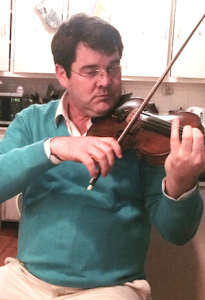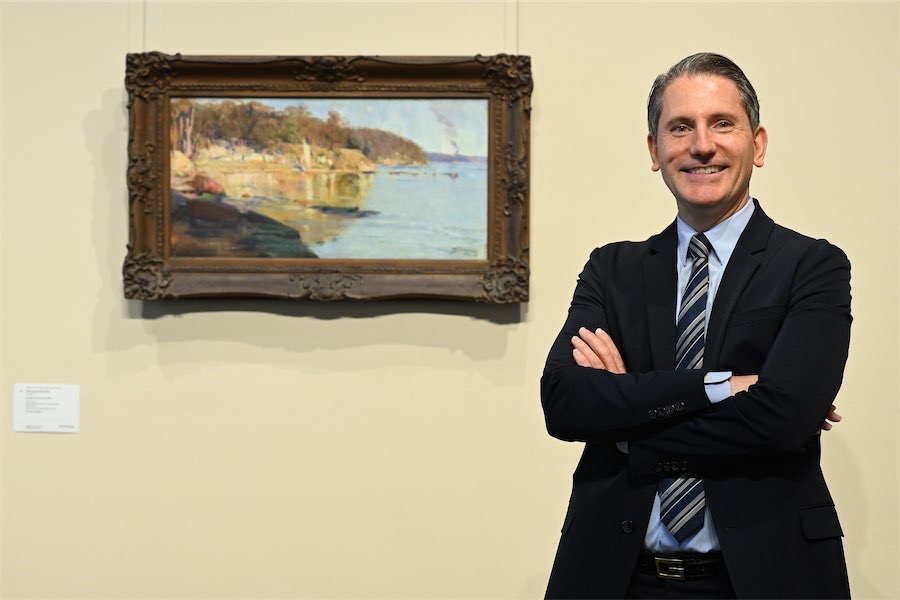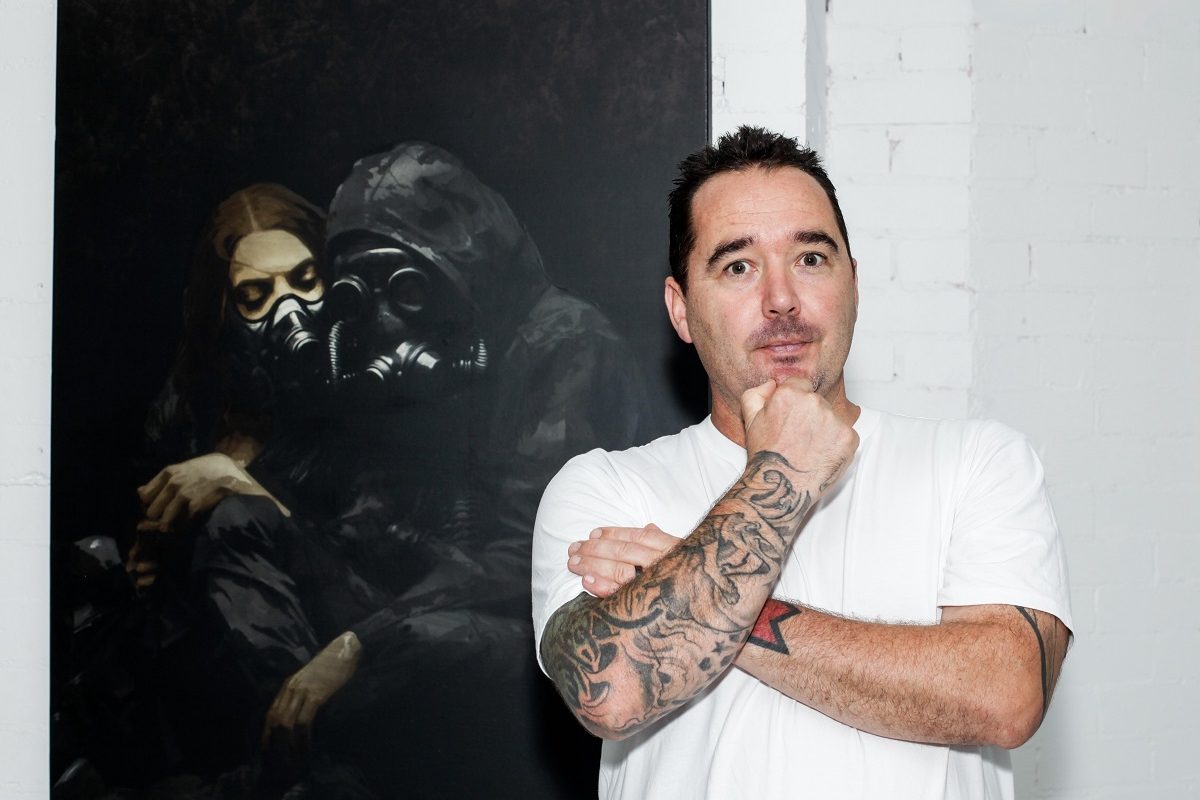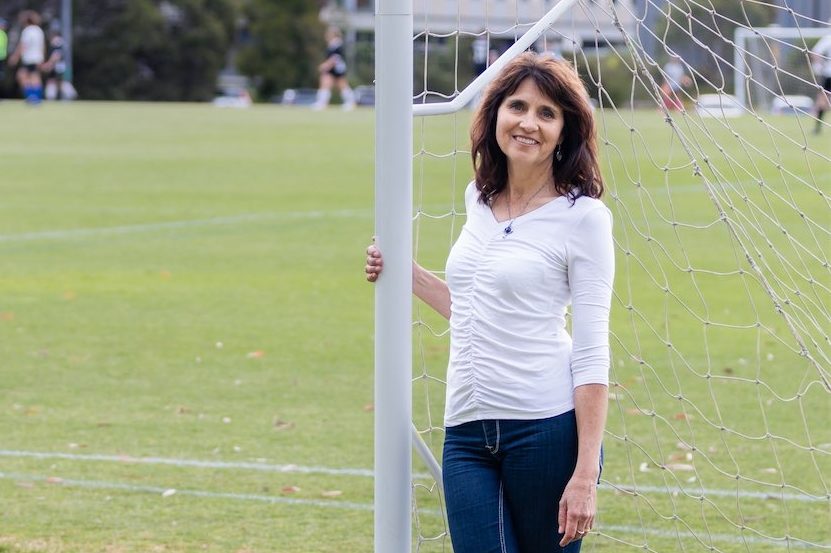
Now, in a long-awaited tour de force, the Anzac answer to Benjamin Britten’s “War Requiem” is about the take the stage when “The Gallipoli Symphony” enjoys its world premiere by the Istanbul State Symphony Orchestra in the Hagia Irene, the ancient Byzantine church in the precinct of the Topkapi Palace, Istanbul, on August 4.
The Minister for Veterans’ Affairs, Senator Michael Ronaldson, says that since being commissioned by the Department of Veterans’ Affairs in 2006, 11 composers from Australia, NZ and Turkey had worked to compose the individual movements that comprise the symphony, now played together for the first time.

We caught up with Latham deep in his Downer kitchen-study last week as he prepared for the journey to Turkey, occasionally taking up his violin to demonstrate unfamiliar Turkish music.
Latham describes the venture as “the largest piece of cultural diplomacy ever undertaken by an Australian government department” and hopes the 72-minute symphony will become a “second legacy” after Britten, in lamenting all wars.
“Good on DVA for creating a piece of culture,” he says appreciatively.
The Istanbul performance will mark the end of a marathon 10-year project that has seen him dashing between Australia, NZ and Turkey as composers from all three countries created, piece by piece, a musical evocation of Anzac.
Australians will first experience it, played by the Queensland Symphony Orchestra, at the Queensland Performing Arts Centre on November 24.
“It could be called a war requiem,” Latham says, agreeing that the musical and visual journey that tells the story of the 1915 Gallipoli campaign is not a conventional symphony composed by one artist, but a mammoth collaboration. Sadly, one of the collaborators, Peter Sculthorpe, did not live to see the work performed.
“I was in my 30s when I began work on the symphony in 2005,” Latham reflects. At the back of his mind was not just Gallipoli but 9/11, and the story of Gallipoli has become “an enormous thing in our mythology, the Islamic world and the Christian world in co-existence – it had to be a people thing.”
He asked each composer to write an in-depth, but bite-sized movement to be part of the larger whole.
One of his collaborators, Des Power, contributed the text for the penultimate movement, made up of simple syllables that the Turkish musicians could respond to.
That was important to Latham, initially perplexed by the problem of knitting western music with the Turkish “makam” scales. Luckily, he found Omar Faruk Tekbilek, a contemporary Turkish composer familiar with Ottoman music.
“Let the two scales co-exist,” they decided.
Planning was essential but not easy, he found, with six musical perspectives, Ottoman, modern Turkish, Maori, Pakeha, indigenous Australian and immigrant Australian.
In the end, the movements were ordered by the story – “Gelibolu” by Tekbilek (2014); “He Poroporoaki”, the leaving of NZ, by Richard Nunns (2007); “The Voyage” by Graeme Koehne (2009); “Thoughts of Home” by Peter Sculthorpe (2008); “Landing” by Elena Kats-Chernin (2010); “The Invasion” by Kamran Ince (2011); “God, Pity us Poor Soldiers” by Ross Harris (2012); “August offensive” by Andrew Schultz (2013); “Gallipoli: the Trenches are Empty Now” by Ross Edwards (2015); “Hope of the Higher Heart” by Demir Demirkan (2006); “The Future” by Graeme Koehne with text by Des Power (2015) and “100 seconds for 100 years” by Latham (2015).
Back at the kitchen table, Latham is performing and conducting the symphony’s ending by himself – violin, orchestra, bells, kids singing “Salam, Salam – Peace, Peace.
“It’ll be in the spirit of love,” he says, “it’ll be a supernova”.
“The Gallipoli Symphony” at QPAC, Brisbane, November 24, bookings to qpac.com.au
Who can be trusted?
In a world of spin and confusion, there’s never been a more important time to support independent journalism in Canberra.
If you trust our work online and want to enforce the power of independent voices, I invite you to make a small contribution.
Every dollar of support is invested back into our journalism to help keep citynews.com.au strong and free.
Thank you,
Ian Meikle, editor




Leave a Reply